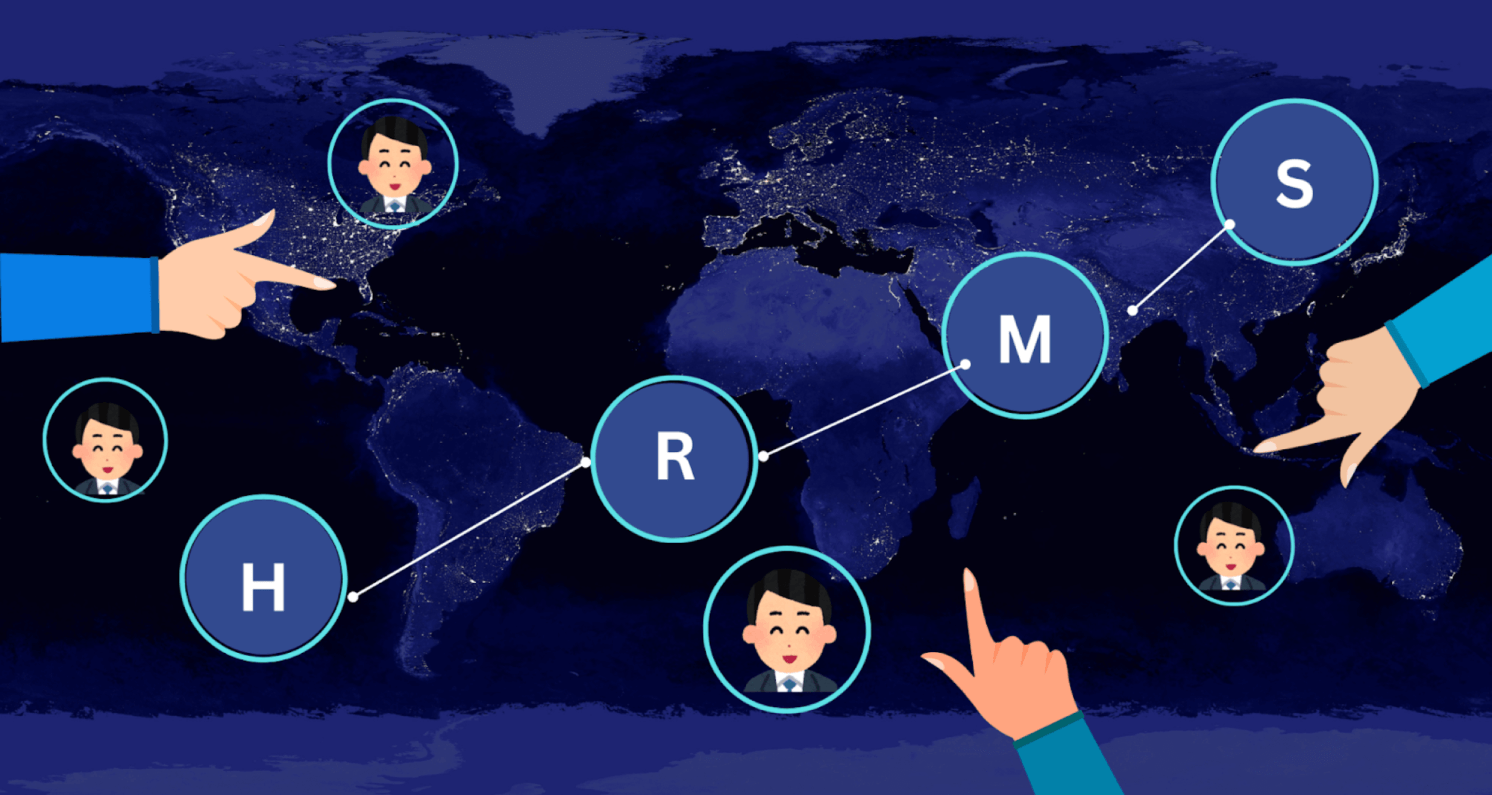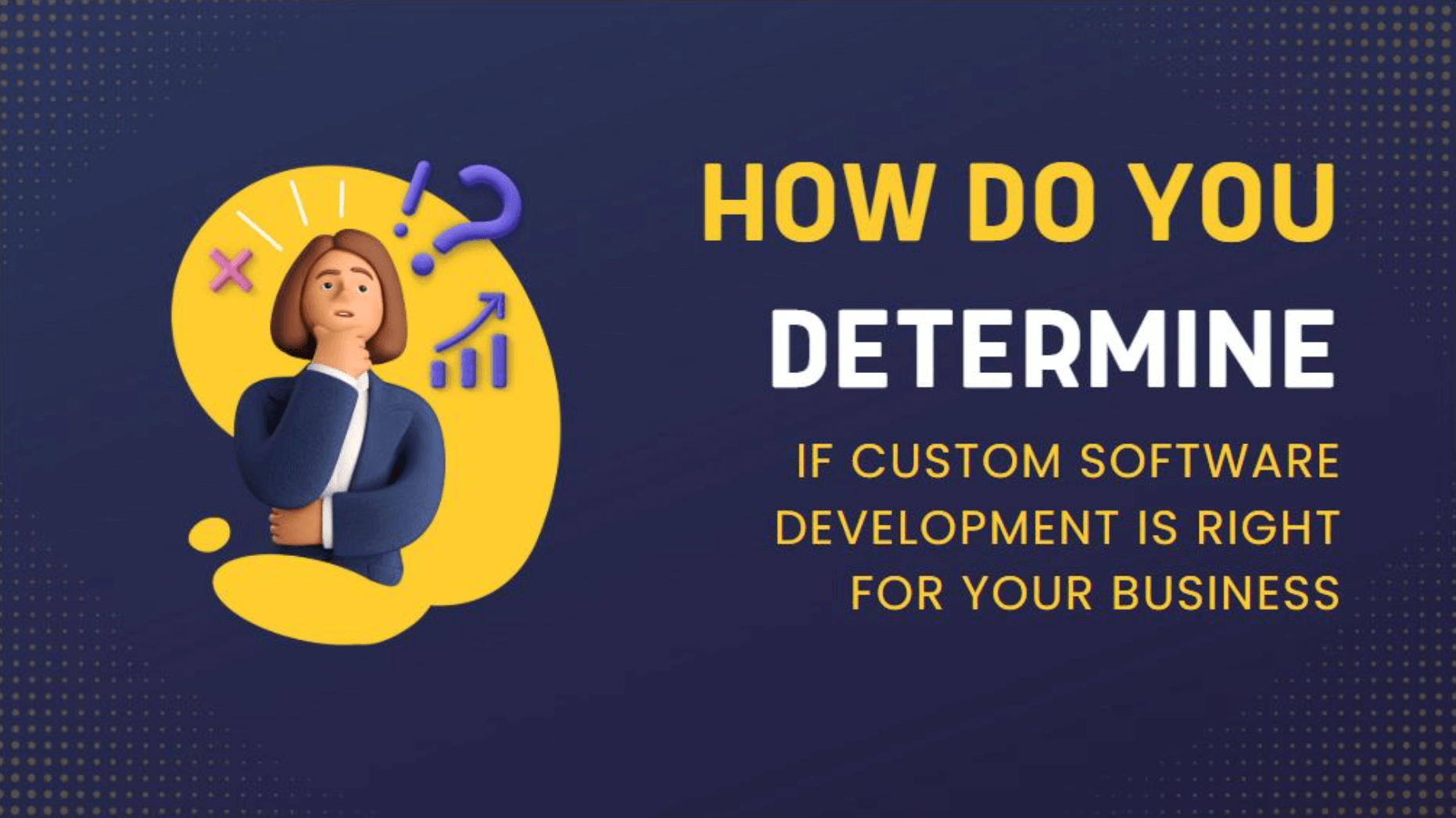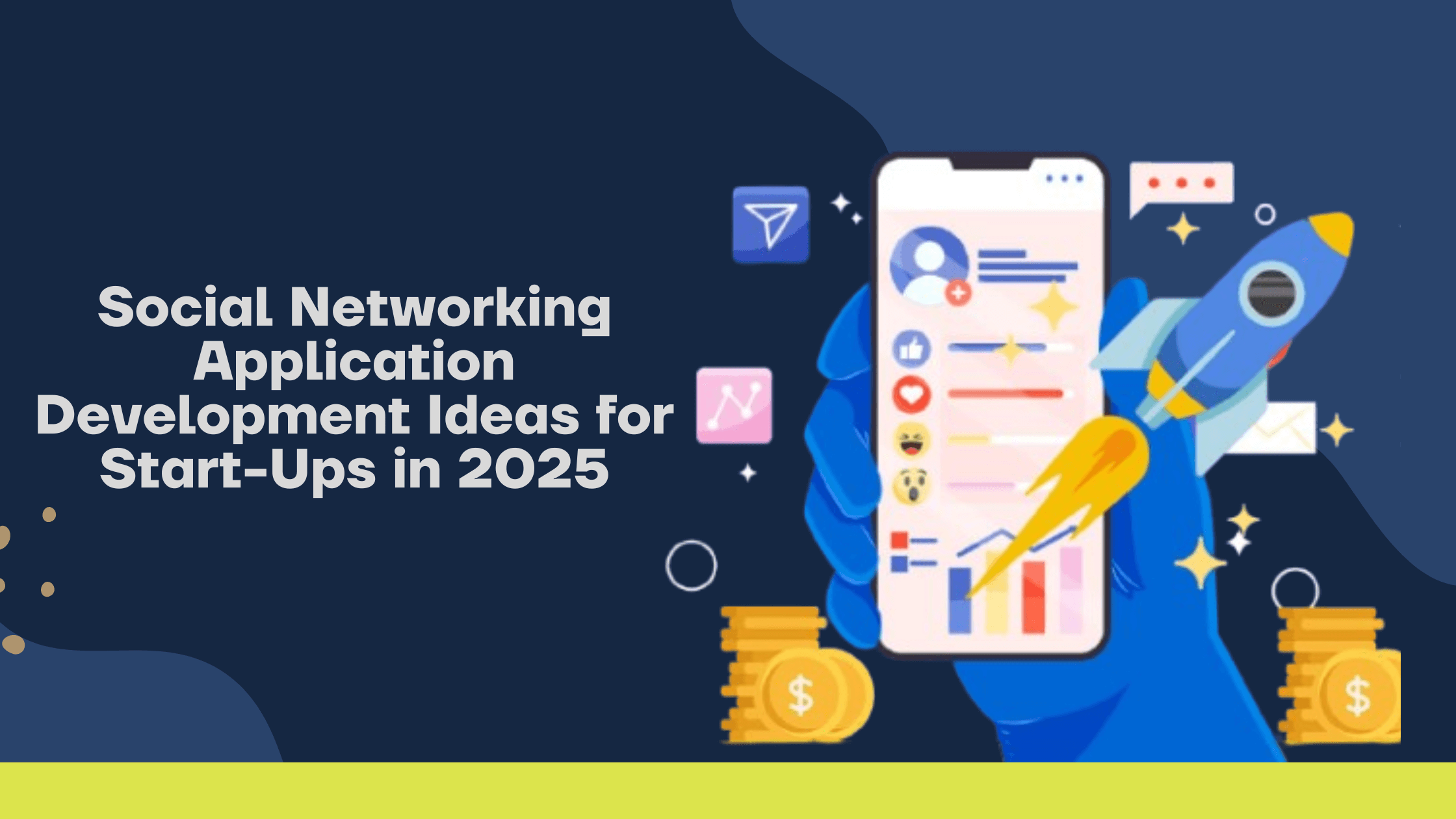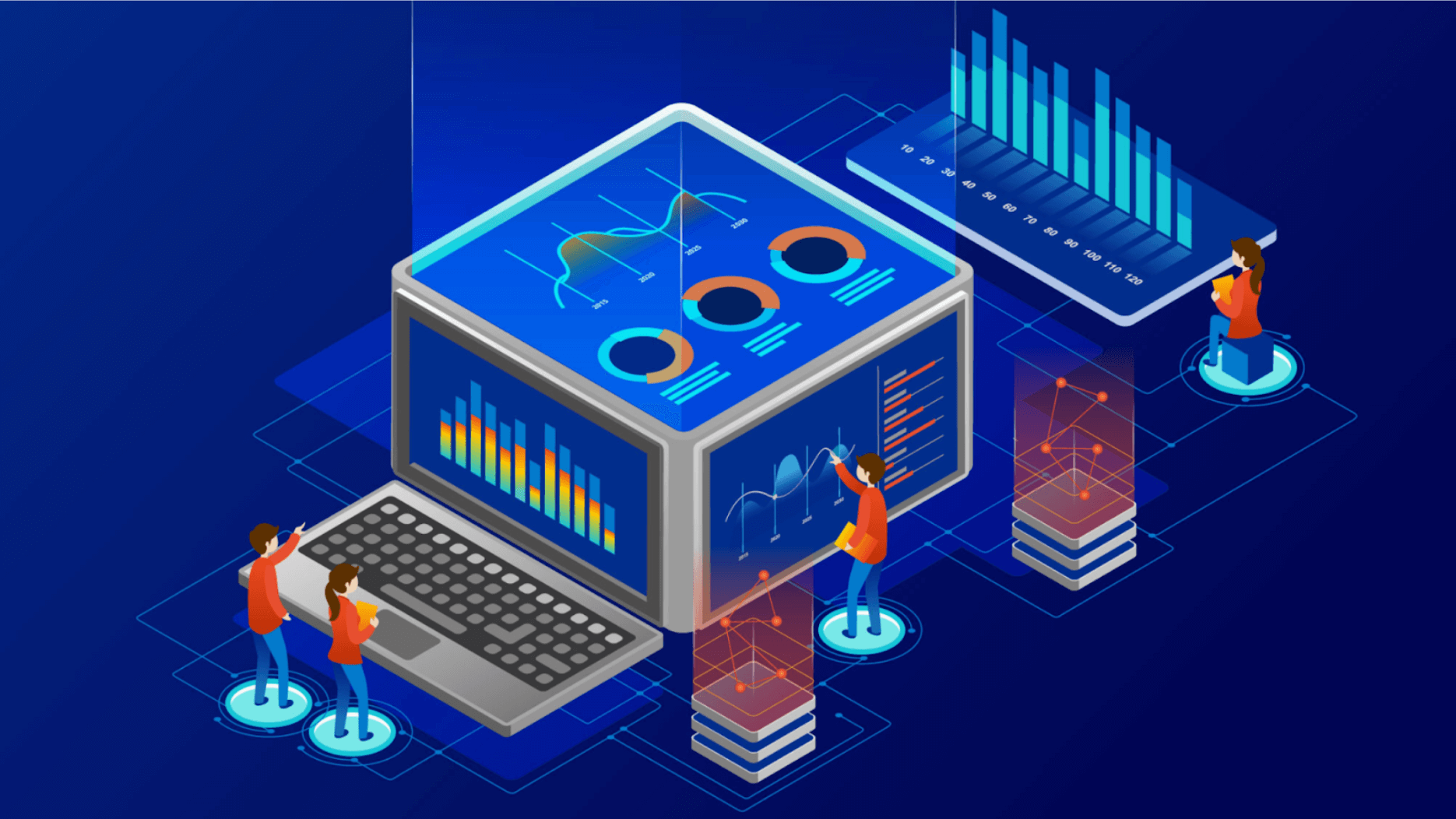Human resources are one of the major pillars of a company that ensures the smooth running of a firm. Managing HR activities is crucial, irrespective of the firm's size. This is because HR management helps direct personnel to accomplish the company's goals accurately and efficiently.
HR management can be tiresome, though. Handling the data of numerous employees with 100% accuracy might not be possible. Here's where HR software comes in handy.
HR software management eases out the tasks of the human resources department by aiding them with a one-stop platform to manage and organize data. Whether it is attendance, payroll, or holiday management, HR software is the solution.
So, in this blog, we will discuss the key features, benefits, pricing, and more about HR software.
Features to Look for in an HR Software
While selecting an HR portal software, it is important to think about features that will streamline workforce management and make the employee experience better. So, below are some features that you should consider for your HR software:
Core HR & Payroll
Thorough employee data with self-service portals and organizational structure maintenance is necessary. Thus, payroll processing should cover error-reducing, automated salary calculations up to compliance with taxes and benefits administration.
Recruitment & Onboarding
An ATS (Applicant Tracking System) sorts and manages job postings, screens candidates, and schedules interviews. Onboarding tools automate document management and task assignments for a seamless transition.
Time, Attendance & Performance Management
Time tracking and leave management are to feed smoothly into payroll while setting up overtime calculations. Performance management works in support of the employee through goal setting, feedback from 360 degrees, and appraisals.
Learning & Compliance
A built-in Learning Management System (LMS) allows employees to upskill through training modules and certification tracking. Compliance tools ensure that the users maintain labor law and GDPR requirements in their course.
Engagement & Analytics
Features like pulse surveys, recognition programs, and internal communication tools elevate employee engagement. Custom reporting and predictive analytics offer valuable insight for workforce planning.
Integration & Scalability
Integration & Scalability The software should integrate with accounting, CRM, and productivity tools and be flexible in deployment, as cloud-based or on-premises, depending on the scenario. Mobile-friendly interface is an advantage for remote teams.
With such features, HR software could enhance efficiency while decreasing the burden of administration and improving workforce management.
Benefits of HR Software for Your Business
Several benefits of an HR online portal help ease the functioning of your business. Below are some benefits of HR software management systems.
Using Increased Effectiveness & Automation
All HR software automates routine payroll processing, attendance record keeping, and leave management, allowing for time and efficiency savings from errors in manual work.
Recruitment & Onboarding Improvements
An ATS can take care of posting a job, screening resumes, and scheduling interviews for HR. Designed to be automated, the on-boarding experience has what new hires have.
Guaranteed Payroll & Compliance

Automatic payroll calculations make the salary process error-free by automating tax deductions and the management of benefits. A tool for compliance to make labor laws keep businesses do not face penalized.
More Employee Engagement & Performance Improved
High employee morale gets added by pulse surveys, feedback tools, and recognition programs. Performance tracking and goal-setting help employees stay motivated and aligned with business objectives.
Compilation of Employee Data & Security
Centralized access to securely enhanced employee records, contracts, and performance data with reduced paperwork through centralized cloud storage in an HR system.
Insights Data-Driven Reporting
Employee turnover, trends in productivity, and planning for workforce are the things that HR analytics would have insights into and help inform decision making by analyzing these data.
Scalability & Integration
HR software allows scaling with growth and integration with other business tools(accounting, CRM, communication platform), making it ideal for any-sized business.
How HR Software can Streamline your Workforce Management
Human resource software turns into the answer to most workforce management problems for all organizations, whether small or large. Computerization and centralized data access are a way for automatic human resource processes, which result in error reductions by saving time.
Most of these include the payroll system and attendance management systems through biometric or digital timesheet recording all of which enables one to calculate salary in an accurate manner while being compliant with the labor laws. This kind of software does not stop at employing, though.
It streamlines the recruitment and onboarding processes through the use of applicant tracking tools, a repository of digital documents, and automated documentation workflows for new employees in the organization to breathe in fresh air.
Not only does the HR manage the performance but also tracks the employee's progress, has set goals, and allows feedback in real-time. Items such as the self-service portals empower employees to tend their records, request leaves, and update their personal information without bothering HR administration.
In addition, it is easy to analyze how an organization can benefit from workforce analytics under grantable conditions through some of its outputs. Such outputs include those that focus on the productivity of employees, turnover rates, and engagement levels. This will enhance informed decision-making for businesses and synchronize the workforce development in the organization.
This is where cloud-based HR portal software comes in, allowing users to retrieve employee records, communication tools, and compliance metrics from any given location where he is working.
Understanding HR Software Pricing
Each pricing model can drastically affect the cost of the given HR software systems and should be analyzed thoroughly for a cost-effective purchase. Pricing structure will mainly depend on considerations like features offered, scalability, deployment type, and number of employees. Here is a breakdown of some of the principal pricing models and considerations:
Subscription-Based Pricing
It is the most common pricing model, whereby firms pay a monthly or annual fee for each user or employee who uses the software. A subscription fee can typically lie between $5 and $20, depending on the features of the program.
Most HR software development service providers work on a tiered pricing basis, in which companies can choose plans based on their particular needs. Therefore, this model is great for companies that want flexibility and scalability with low upfront investment.
One-Time Licensing Fees
Certain HR software programs require the payment of a one-time licensing fee, often for the on-premise deployment of software. The one-time payment can range from $1000 to $10,000, depending on how complicated the software is.
While this model may allow for long-term savings, these businesses must consider the potential costs of maintenance, future software updates, and setting up the IT infrastructure.
Custom Pricing
Some suppliers of HR software may develop their pricing around the specific needs of large organizations, with heavy means of workforce management for variable enterprise-specific requirements, company size, level of integration expected, and any other inputs required for pricing calculations. Therefore, this means that these organizational needs will be custom-fit to satisfy the clients' needs through negotiations conducted directly with the vendor.
Extra Costs to Contemplate
Apart from the basic costs, agencies should consider charges for implementation, training, customer services, and third-party integrations. With some vendors, advanced features like compliance tracking, AI-enabled analytics, or payroll automation will incur extra charges.
Choosing the Right HR Software
To select the HR software that meets their requirements, firms will need to evaluate their budget, future growth, and precise features. While budget is important, an investment in a full-fledged HR system would mean long-term savings through automation and efficiency.
Cost Breakdown: What to Expect When Investing in HR Software
Investing in HR software requires a person to first understand the cost involved in every component. While upfront costs are among the most considered, businesses also consider the long-term costs related to implementation, maintenance, or additional features.
Types of Costs
The initial cost can be defined based on the pricing model. Generally, subscription models charge a monthly fee for each user. This can range from $5 to $20 per employee, per month in cloud on-demand environments.
On-premise solutions do not use this pricing model. Instead, they require a large one-time fee for licensing. This fee can range from a few thousand dollars to tens of thousands of dollars, depending on the software's power and how widely it can be used.
Implementation Needs
Implementing HR software incurs costs in installing, migrating data from other systems, and software customization. The prices vary widely, and it can cost anything between a few hundred dollars to several thousand dollars amount depending on the system complexity.
Certain vendors offer free setup services to customers who purchase basic plans, while their solution may require such eligibility and professional services as part of an enterprise solution.
Learning and Support Costs
Training employees and HR teams to use the software effectively is another expense to consider. Some providers include basic training in the package, while others charge extra for in-depth onboarding sessions.
Ongoing support for customers, especially those that are premium or where support is required 24/7, may also include additional costs.
Maintenance and Upgrades
For an on-premise HR solution, budgeting must include regular software updates, security patches, and IT support. Subscription fees for cloud-based solutions automatically include updates and upgrades, but some advanced features or integrations incur additional costs.
Integration and Add-Ons
The above must also be taken into account if software is to integrate with payroll, accounting, or third-party applications, since such an arrangement will also require additional expense. Businesses should now check whether compliance tracking, AI engine-driven analytics, or mobile access require separate purchases.
By understanding these costs, better budgeting is achieved and the right choice of HR software to use is facilitated in businesses.
Integrating HR Software with Your Existing Systems

The integration of software for human resources with existing business systems is critical for the seamless flow of operations and data integrity. Integrated HR systems automate manual data entry and improve accuracy. Thus, different departments can access the relevant employee information in real-time.
Payroll & Accounting
One important integration is with payroll and accounting software. When HR software connects to the payroll system, it automates salary calculations, tax deductions, and employee benefits management.
This reduces the workload for administration officers and lowers compliance risks. Integration with time-tracking and attendance systems will also ensure accurate reporting of worked hours, overtime, and leave balance.
ERP and CRM
Another important integration is with ERP and CRM systems. To align the workforce with macro company goals, it makes all the HR functions to be in accordance with the growth of the business.
For recruitment processes, HR solutions should integrate with in-house applicant tracking systems (ATS), providing for smooth candidate management and hiring workflows.
Security & Compliance
Security and compliance should be a priority when integrating HR software. Any unauthorized access and confidentiality can be safeguarded effectively through data encryption, user authentication, and role-based access.
The integration of HR software with open APIs and the greatest compatibility with existing tools would ease data integration. Hence, ensuring a smooth transition and better overall workforce management.
Conclusion
HR software means a lot to a business that intends to simplify workforce management, automate HR processes, and create an efficient environment. With features like payroll automation, performance tracking, and compliance management, HR software helps to ease administrative burdens. Thus increasing employee engagement.
Through comprehension of pricing models and breakdown of costs, and integration capabilities, this enables informed choices on the software. When selecting HR software for a small startup or a big company, having suitable software will influence long-term productivity and growth. Choosing the right way smoothens the HR operation.
BestPeers is a software development company that creates the best HR portal that can enhance your HR management. We implement custom solutions to streamline payroll, attendance, and employee data. Optimize your workforce today by contacting BestPeers!




